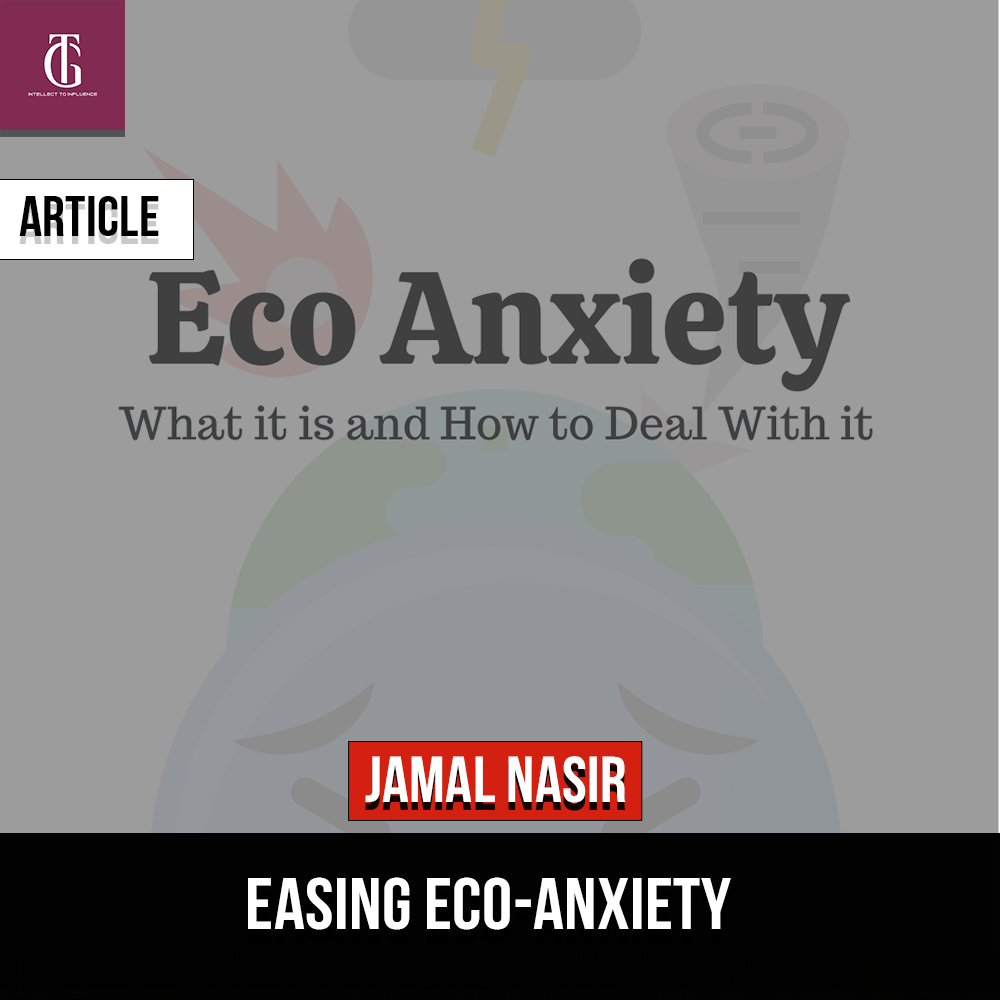
Fear has a great place in individual’s minds, making them suspicious about little things. We witnessed an era where a series of dystopian literature targeted the development of technology. For Orwell, it was Big Brother who would hijack the functioning system of society and a fear of technology assisting in brainwashing people. Huxley took it differently as he described the insinuation of the formation of people with the help of technology. He accentuated the idea of a totalitarian society through the artificial process of social control. In cinematography, The Matrix (1999) is a timeless classic about the future of humanity where reality is blurred, and it illustrates the world that technology has made around. Makes us ponder to question the subjectification of the real world.
It helps us to understand the realities of technological development and eases the tension about the horrors of technology. The dystopian fiction and cinematography sketched the pros and cons of technological development.
The function of dystopian art didn’t stop there. The sceptic minds of humans moved toward another stream of fear, which was the catastrophic end of the world with nuclear reactors and wars. The Day After (1983) crafted the attack of nuclear wars. It described the emotions of people living in a small town amid a nuclear attack and struggling for their lives. What strikes them is a fear of sudden death, a horrible and painful last moments. It haunted them and compelled them to move to the streets against the war with protest promulgation:
“The destruction of life as we know it and, at worst, total annihilation.”
It depicted human emotions as an imagined catastrophe that could possibly end life on the face of the Earth. Pandora (2016) was about constructing a nuclear power plant establishment in a rural town. The explosion in the plant emitted radiation, causing a nuclear disaster in the town. The government tried to repress the voices, but it leaked, and the government apologized for being unable to do anything. A moment of pain and grief engulfed the country. Cinema produced a series of movies on the issue of nuclear disasters. It helped us to understand the imagined nuclear catastrophe, which may not be compensable
The dystopian fiction and cinematography have established imagined perceptions about different things. The art of dystopia helped talk about the contemporary or future crisis. It has given voice to things that can happen or may happen in the future, such as developing precautionary measures to use the technology or preventive measures for using nuclear technologies. While it has given both the optimistic and pessimistic outlook of technology, it has prepared us to combat the problem. Nuclear wars are disasters, but accidents are more threatening, as we have witnessed in the incident of Chornobyl. Talking about nuclear plants, writing about them, and making movies on these have set some grounds to talk about the catastrophic conditions.
The last decade was about the climate crisis. The world is witnessing the climatic crisis in different forms. Connected dots have elaborated the scenario of wildfires in different parts of the world with the rising hideous experience of climate change. Rising temperature heatwaves and global warming are another veneer of climatic disorder. The destruction of the natural world caused the extreme movement of bats in China. It resulted in the spreading of COVID-19. The air quality of cities is worsening and suffocating because of the anthropogenic emission of chemicals in the air. Lahore witnessed the peak of poor air quality. The Air Quality Index (AQI) of Lahore has reached at an unbearable level.
Climate disasters have created anxiety in the minds of individuals. The fear, which we are experiencing in the form of intense weather, has pushed us to feel what Roland Emmerich tried to describe in The Day After Tomorrow. He established the case of a sudden intensity in weather causing snowfall and falling snowballs from the sky. He managed to create an imagination about climate disasters.
Anxiety about the climate crisis is referred to as eco-anxiety. Dystopian art helps to ease anxiety in different dimensions. It becomes a voice to talk about the upcoming horrors of climate disasters and provides a dimension to think about the human activities leading to them. Robert Macfarlane wrote about the deterioration of the natural world and gave the example of banks of islands where animals were crawling because of anthropogenic pollution. He asked for dystopian art to write about it, which would provide climate change with a language to address itself. We have developed mechanisms to combat the emission of nuclear radiation from nuclear reactors, or at least writing about it compels authorities to establish some precautionary measures to avoid such disasters. Writing or making films about climate would help to maintain some ground rules about climatic disasters.
To address climate change, dystopian art needs to talk about the fear of disasters, which can conclude the symbols of life on the planet Earth. A series of movies and novels have been written on the issue. However, it still lags behind the quality and intensity of easing our climate anxiety and creating doubt in the minds of authorities. It is better now to write about the hopeless emotions of our grandsons who would not have a drop of water to drink and may not have good air quality to breathe.
Jamal Nasir
Jamal Nasir is research associate at the Institute of Socia and Cultural Studies, working with LokSujag on various projects.





